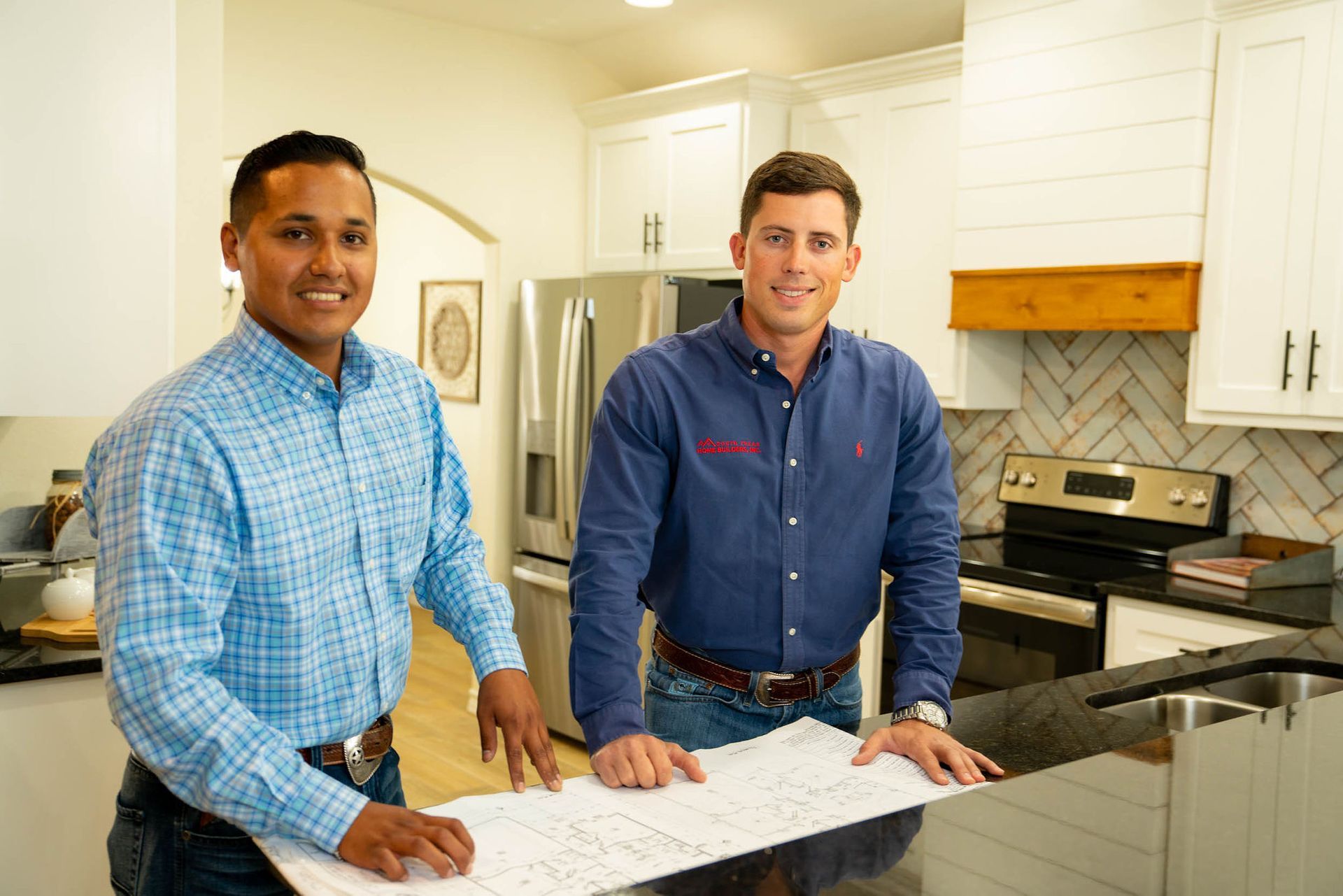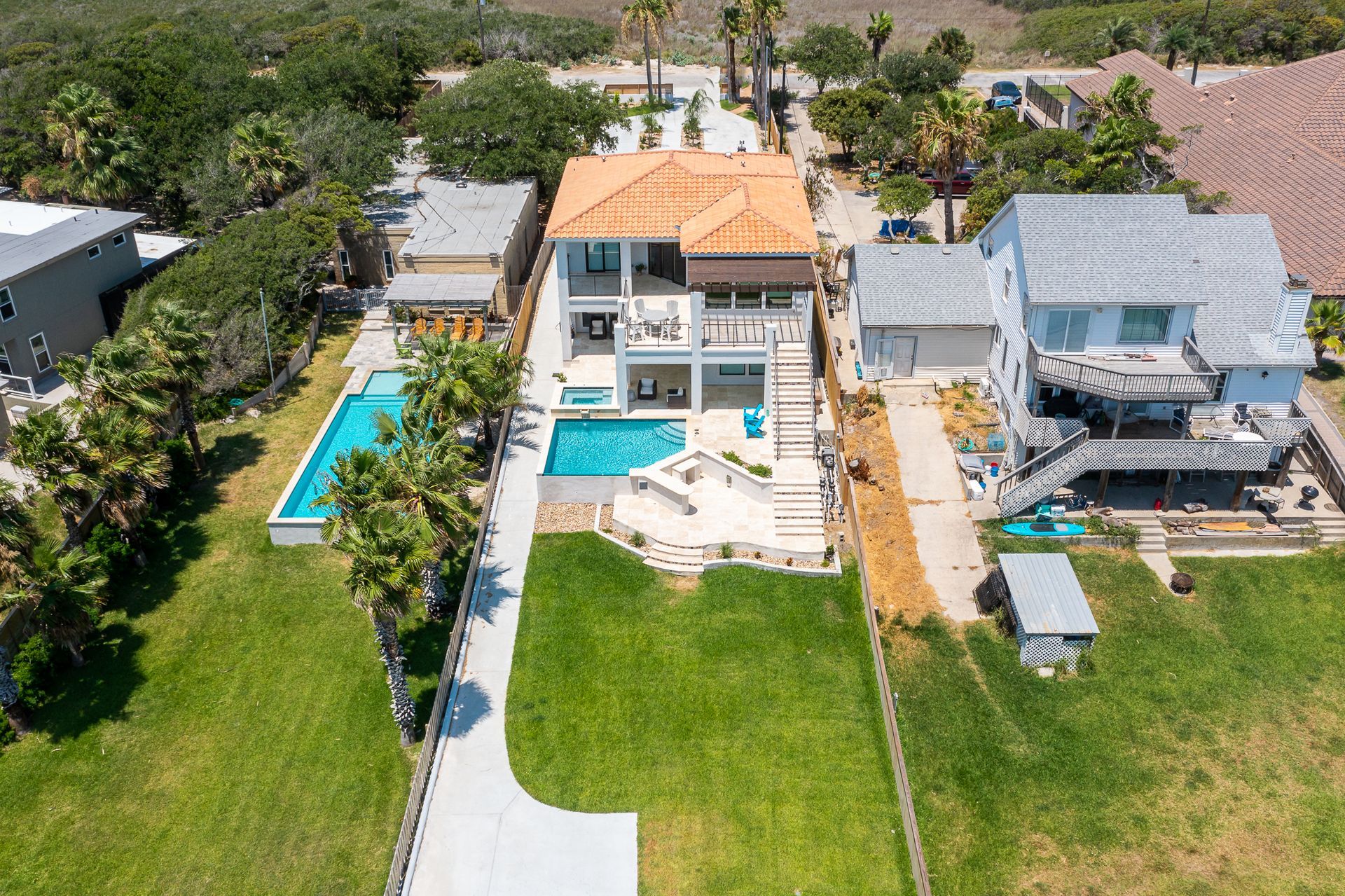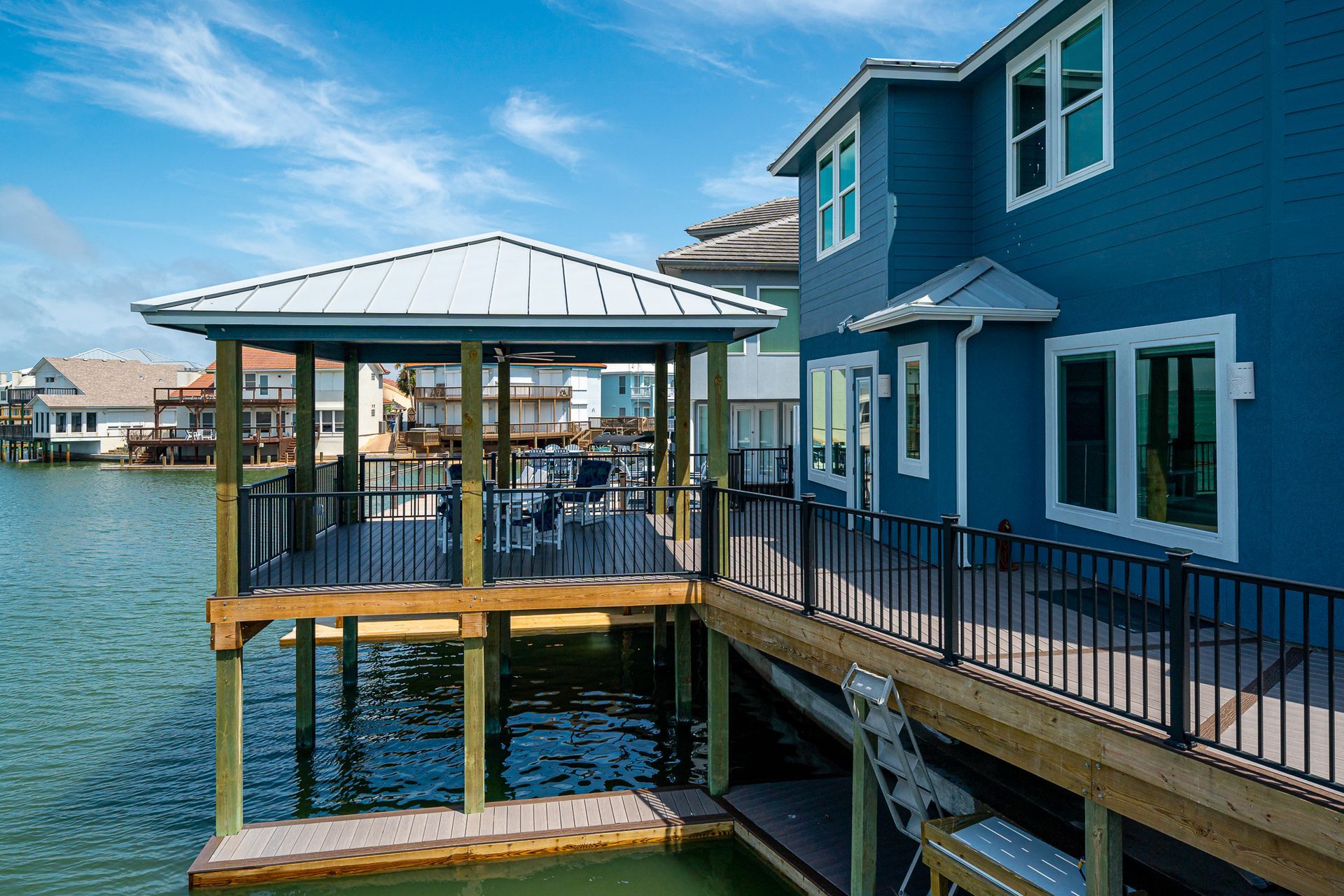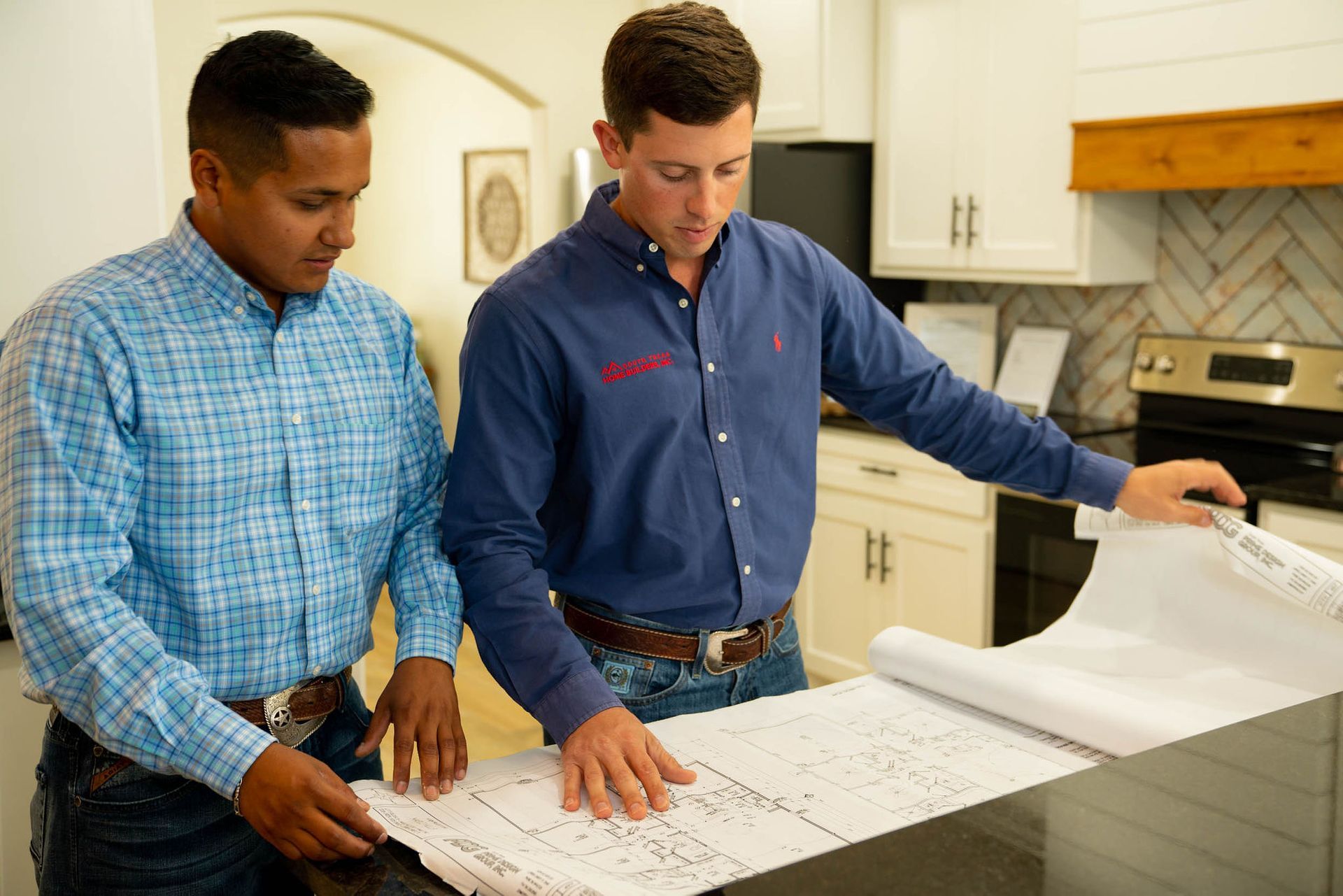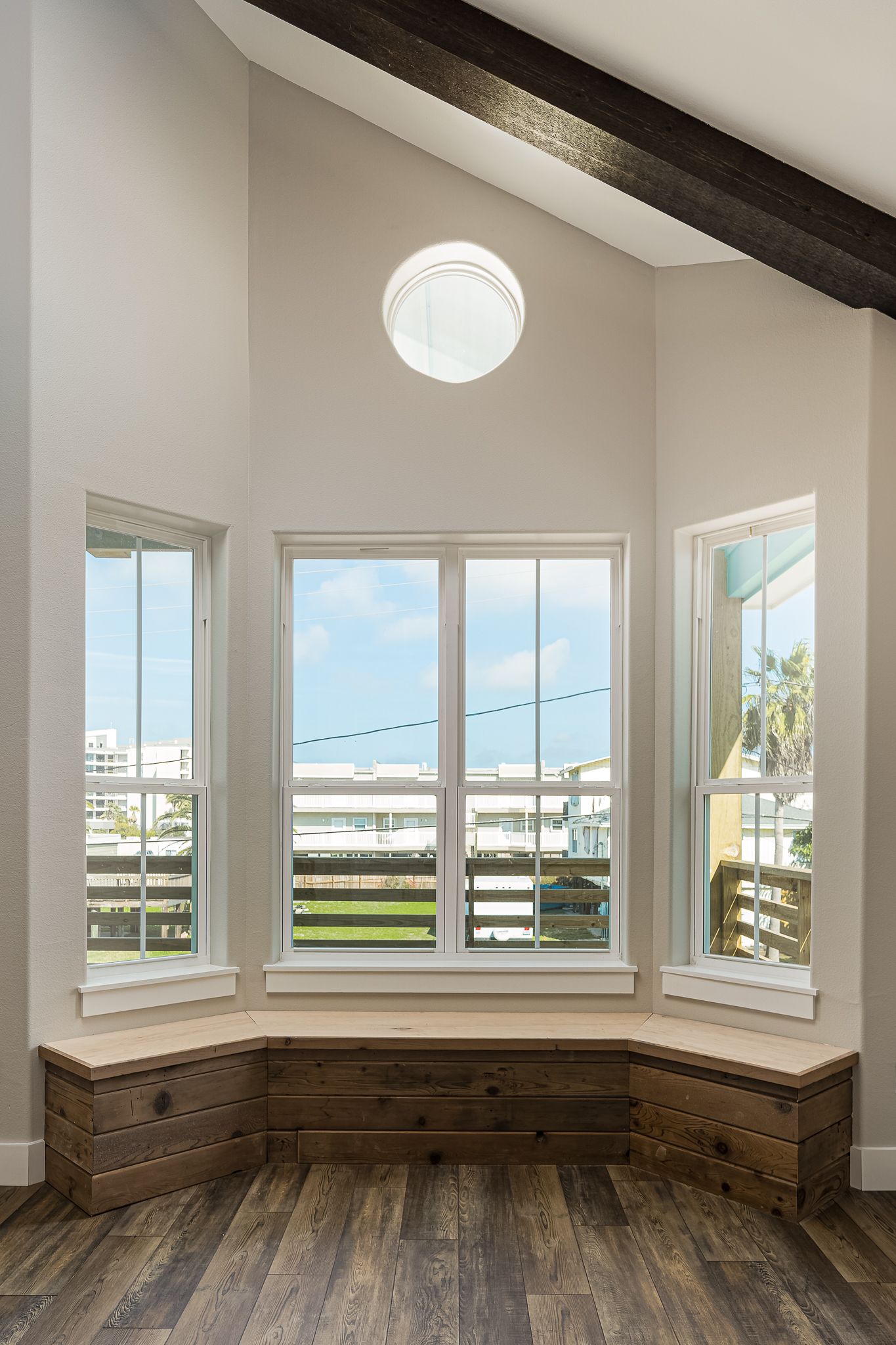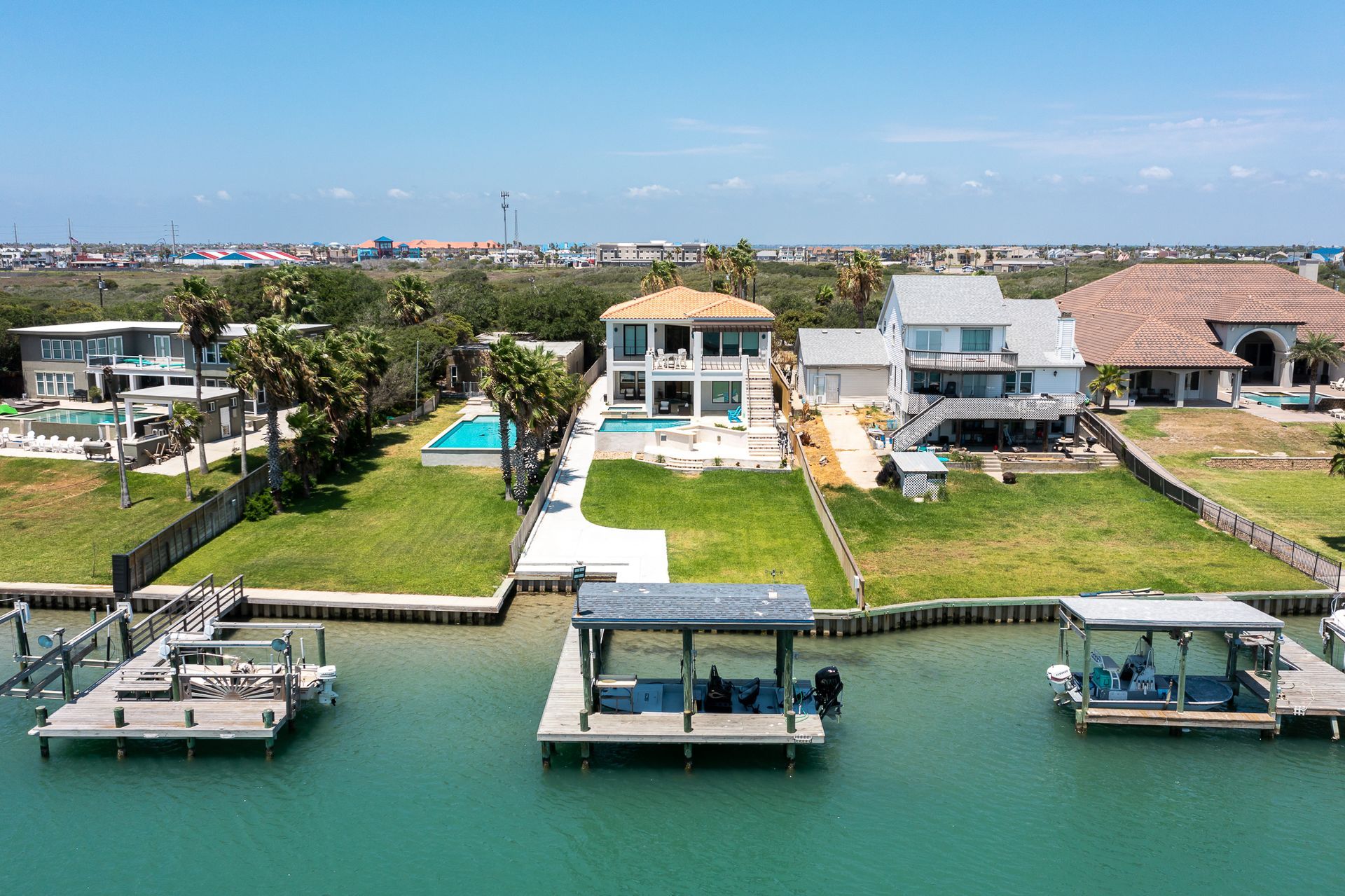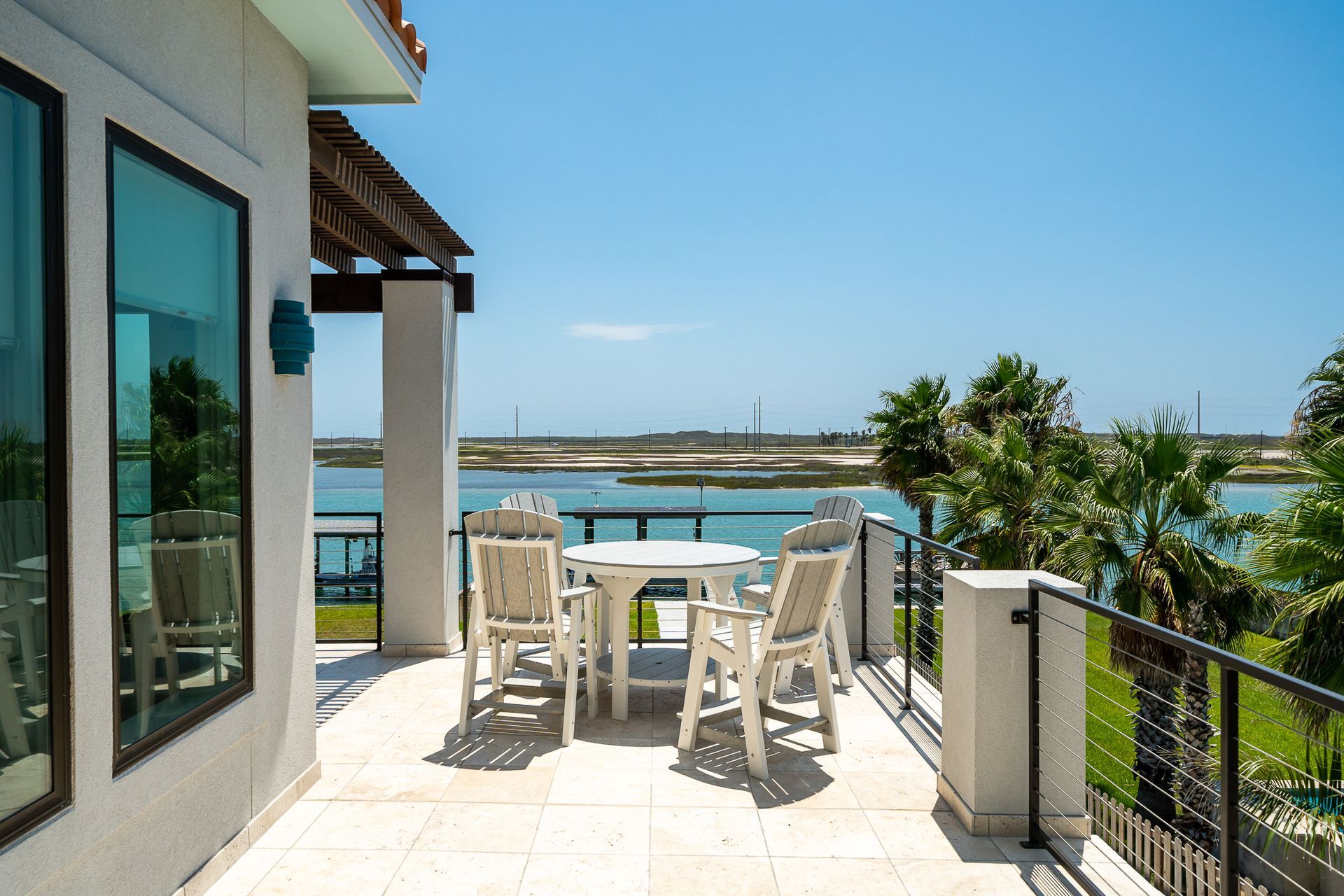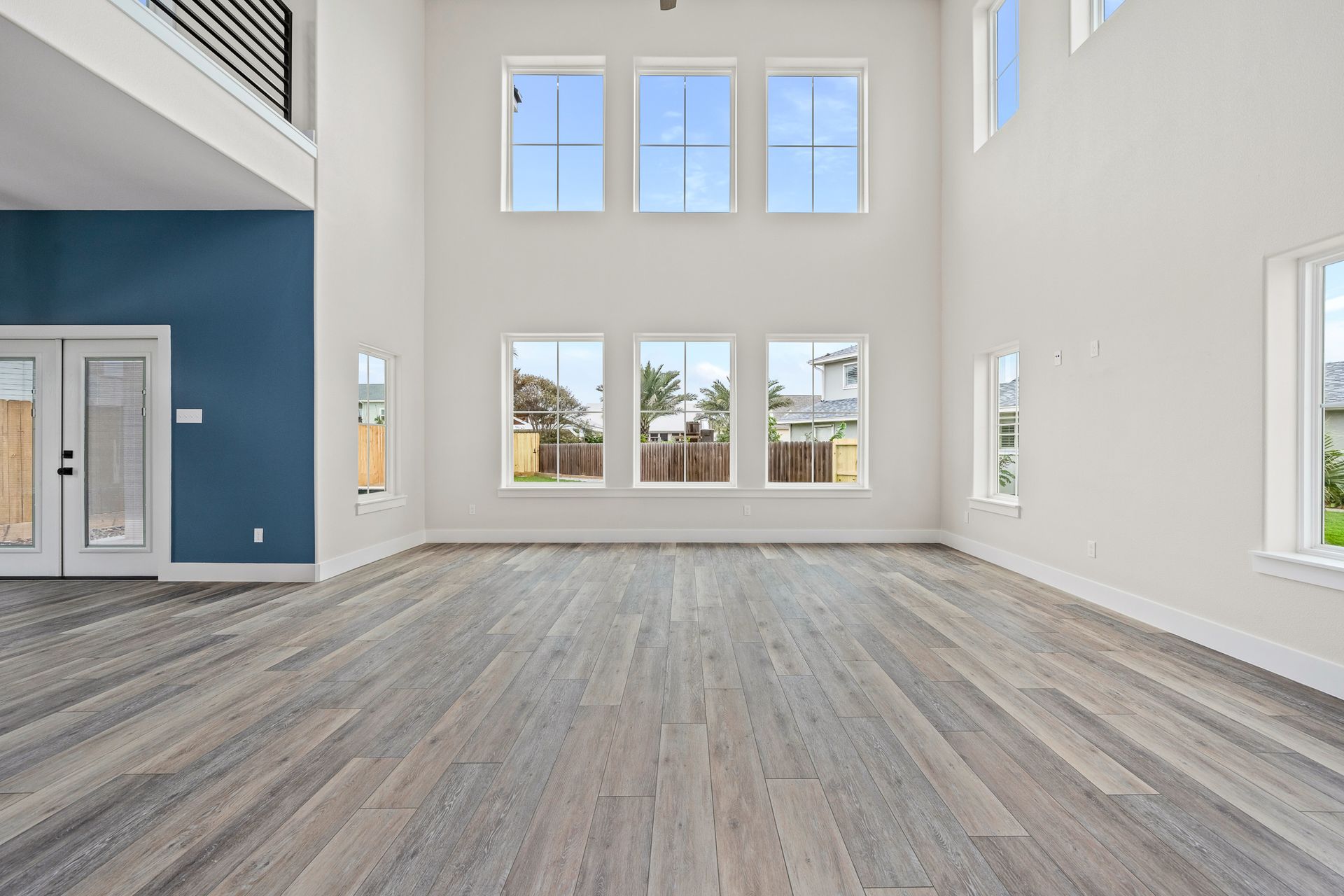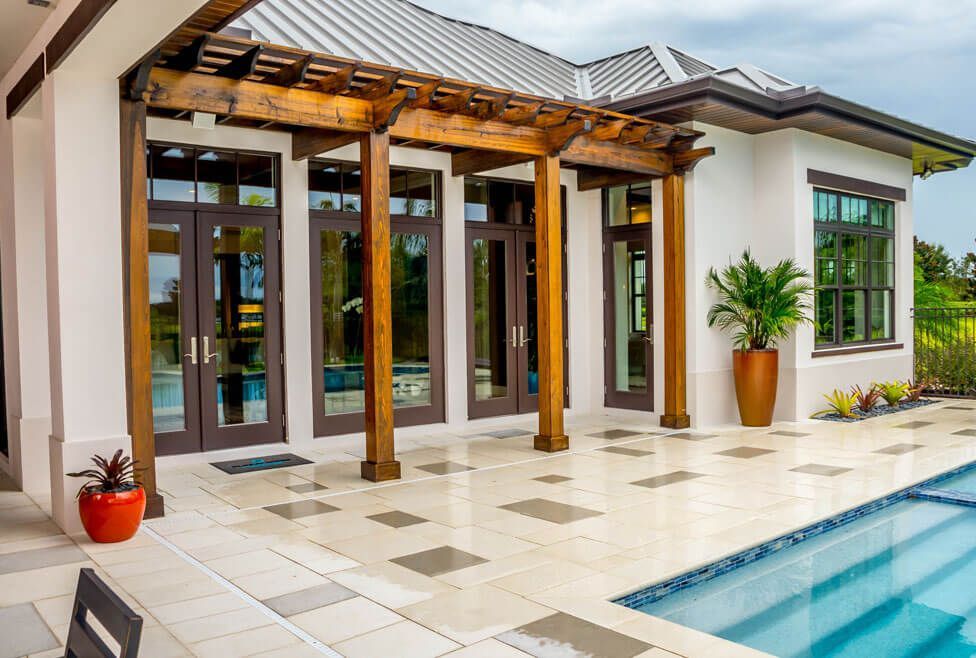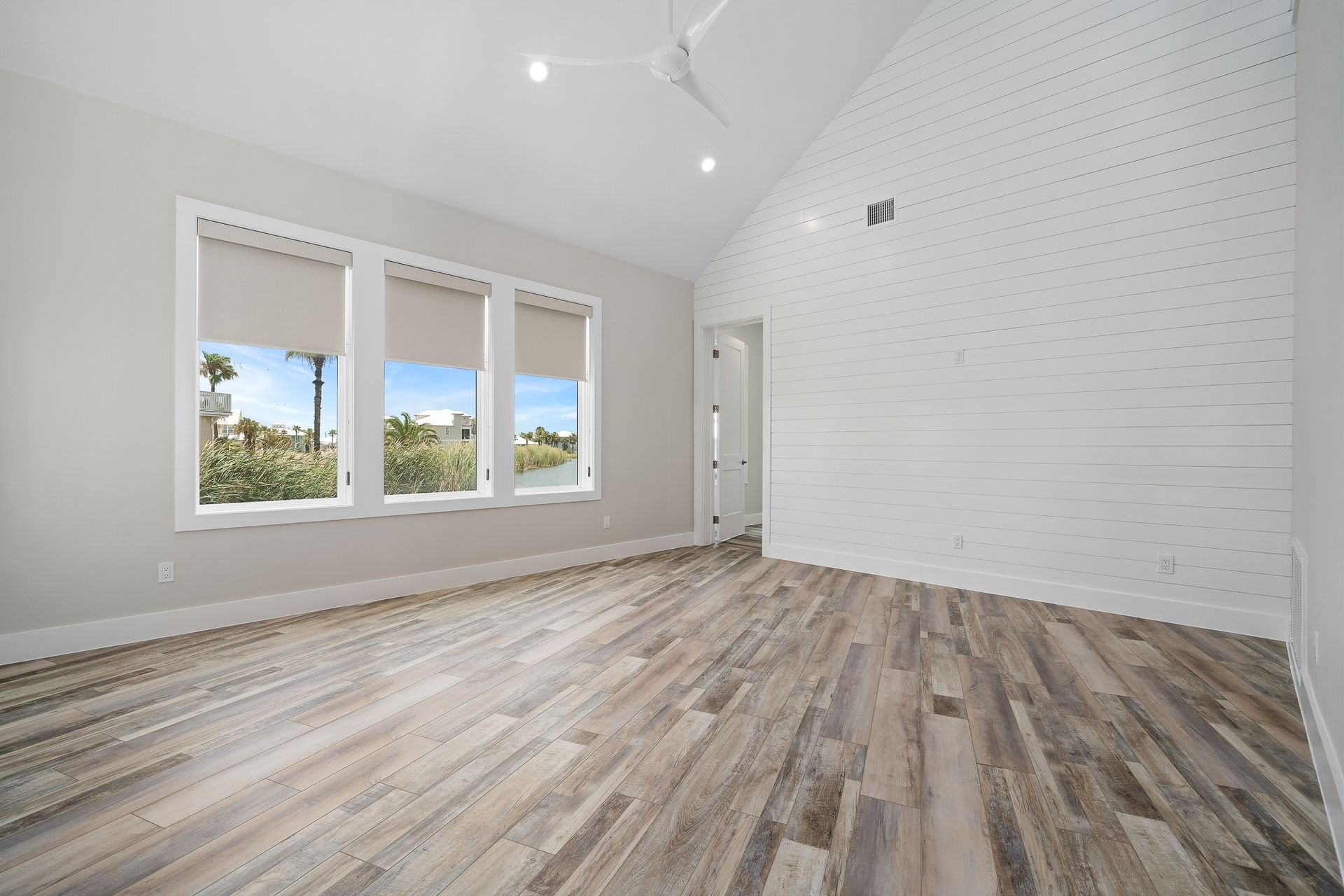A Beginner’s Guide to Building: Starting at the Trusses
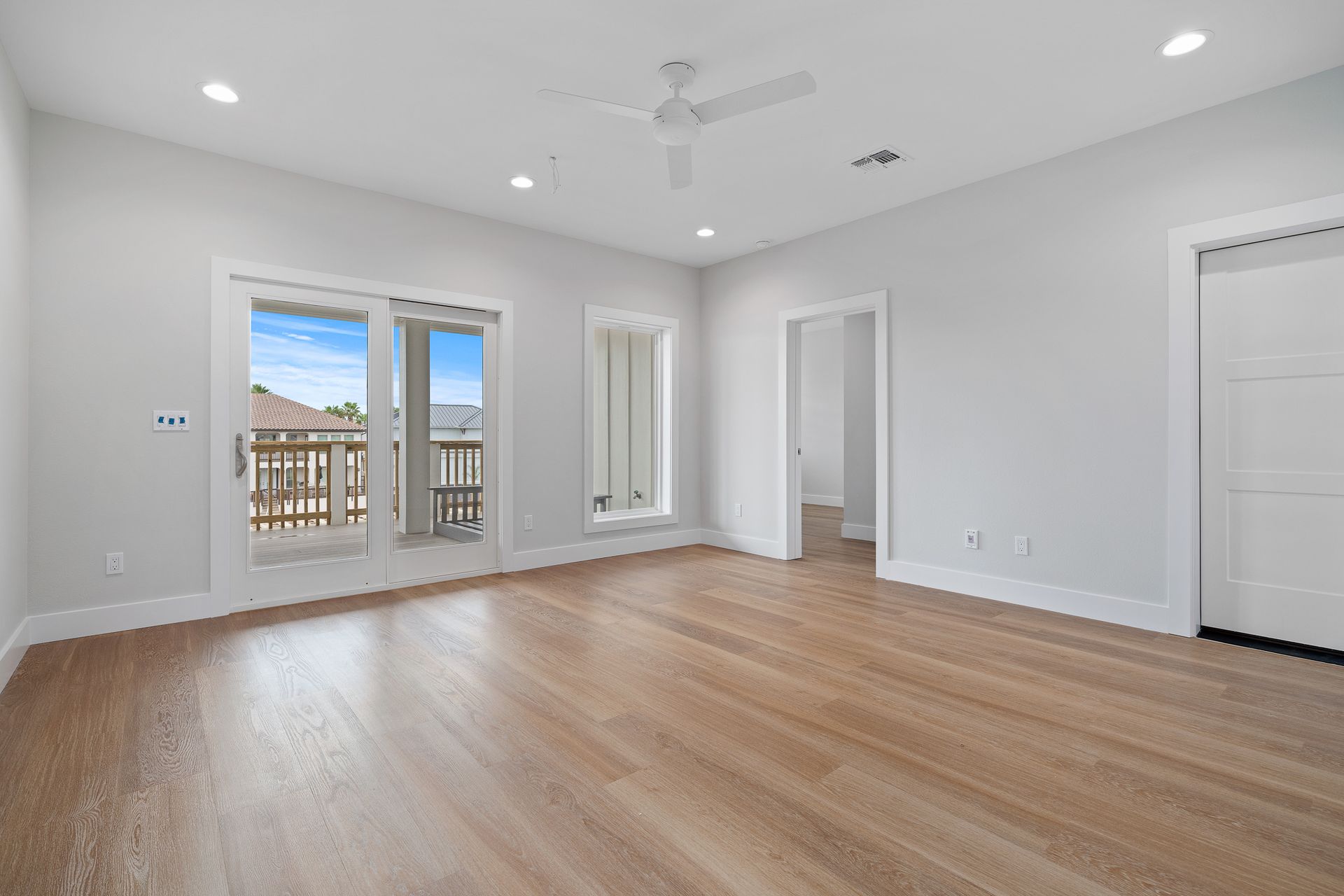
When constructing a home, the trusses play a crucial role in providing structural support and shaping the overall framework of the roof. Whether you're building your first home or simply want to understand the process, this guide will walk you through what trusses are, why they matter, and what to expect during installation.
1. What Are Trusses? 🏗️
Trusses are pre-engineered wooden or metal frameworks that form the structural support for your roof. They distribute weight evenly and replace the need for traditional rafters, making them a stronger, more efficient choice for modern home construction.
✅
Why Builders Use Trusses:
✔️
Faster installation compared to traditional framing.
✔️ Cost-effective due to reduced labor and materials.
✔️ Stronger and more stable under heavy loads.
✔️ Allows for open floor plans by eliminating load-bearing walls.
💡 Pro Tip: Trusses are pre-fabricated, meaning they arrive at the job site ready to install, cutting down construction time.
2. The Truss Installation Process 🔨
Once your home’s foundation and walls are in place, the next step is installing the trusses. Here’s what to expect:
✅ Step-by-Step Process:
1️⃣
Delivery & Staging – Trusses arrive pre-made and are staged on-site.
2️⃣ Lifting into Place – A crane or pulley system positions the trusses onto the structure.
3️⃣ Securing the Trusses – Builders fasten them to the exterior walls using metal plates and braces.
4️⃣ Bracing & Aligning – Temporary bracing ensures proper alignment before final securing.
5️⃣ Roof Sheathing Installation – Plywood or Advantech sheathing is added to create a base for the roofing material.
💡 Pro Tip: Proper bracing is essential during installation to prevent collapse before the roof is fully secured.
3. Types of Trusses & Choosing the Right One 🏠
The type of truss used depends on the design, roof pitch, and load requirements of your home.
✅ Common Truss Styles:
✔️
King Post Truss – Best for smaller homes with simple roof designs.
✔️ Fink Truss – The most common truss, providing great strength for standard homes.
✔️ Scissor Truss – Creates vaulted ceilings for an open feel.
✔️ Attic Truss – Allows for extra storage space or a finished attic.
💡 Pro Tip: Coastal homes may require hurricane-rated trusses for added wind resistance.
4. Timeline: How Long Does It Take? ⏳
Truss installation is one of the fastest parts of home construction and can be completed in just a few days.
✅
Estimated Timeframe:
✔️
1-2 Days – Truss delivery and staging.
✔️ 2-5 Days – Trusses lifted, installed, and braced.
✔️ 2-3 Days – Roof sheathing completed.
💡 Pro Tip: Weather can impact installation, so plan around wind and rain to avoid delays.
5. DIY vs. Hiring a Professional 🏗️
Trusses are not a DIY-friendly project, as they require heavy machinery, engineering knowledge, and safety precautions.
✅
When to Hire a Pro:
✔️
If your home needs custom trusses for unique roof designs.
✔️ If you live in an area requiring hurricane or wind-resistant framing.
✔️ If you want the fastest and safest installation.
💡 Pro Tip: Always work with a licensed contractor to ensure your trusses meet building codes.
Start Your Home Build with the Right Structural Foundation!
At South Texas Home Builders, we specialize in expertly engineered truss systems that provide stability, efficiency, and durability for your home. Whether you're building a custom home or remodeling, our team ensures a strong foundation from the top down.
📞 Contact us today to get started on your dream home!
NEWS
